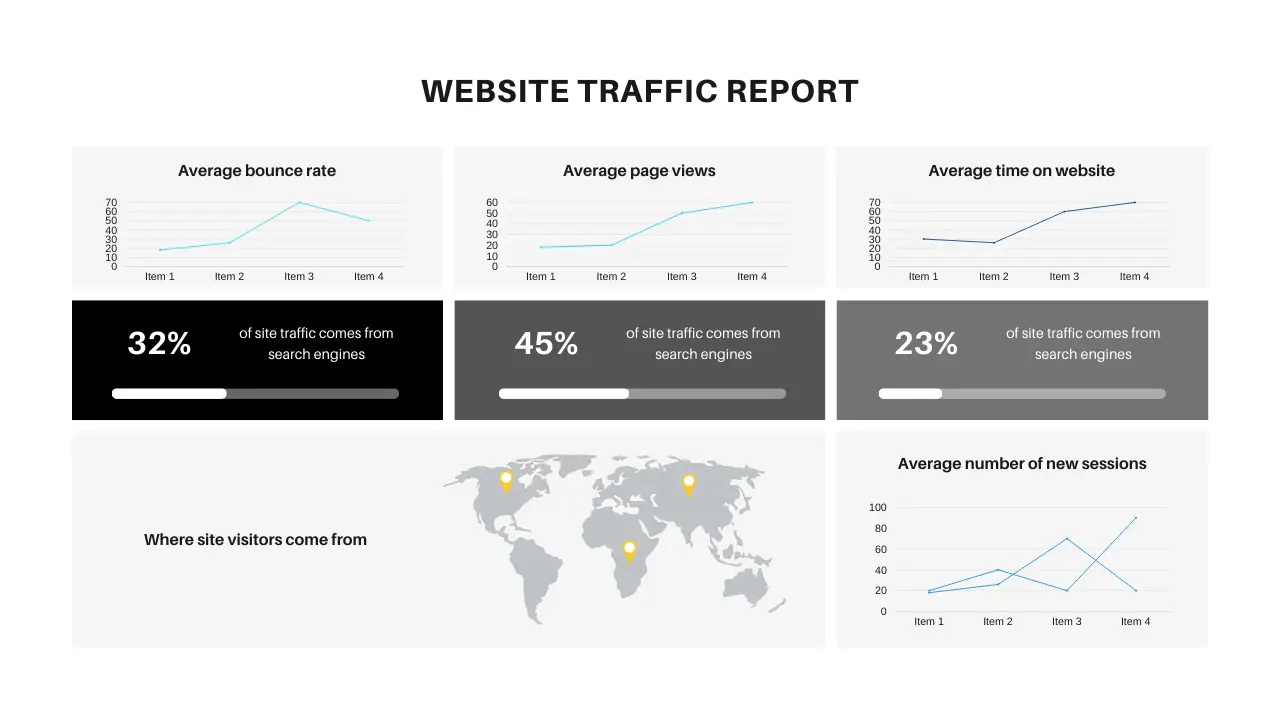Color is more than a visual aesthetic in branding—it’s a powerful psychological tool that influences consumer perceptions and drives engagement. This article explores the key aspects of the psychology of color and its strategic application in developing compelling brand identities.
Understanding The Psychology of Color
Color psychology explores how hues affect human emotions and behaviors. Different colors can evoke specific feelings:
- Red: Energizes and creates a sense of urgency
- Blue: Evokes trust and reliability
- Yellow: Stimulates optimism and captures attention
- Green: Represents growth and tranquility
- Black: Conveys sophistication and luxury
Effect of Colors on Brand Perception
| Color | Emotions Stirred | Ideal For Brands Focusing On |
|---|---|---|
| Red | Passion, Excitement | Food, Entertainment, Emergency |
| Blue | Calm, Dependability | Finance, Health, Technology |
| Yellow | Joyfulness, Energy | Leisure, Kid’s Products |
| Green | Nature, Freshness | Eco-Friendly, Organic Products |
| Black | Luxury, Elegance | High-end Retail, Luxury Cars |
How Colors Shape Brand Identity
Effective use of color in branding can:
- Boost brand recognition: Studies show that color can increase brand recognition by up to 80%.
- Influence buying decisions: Approximately 85% of consumers believe color is a primary influencer in their purchasing choices.
- Define brand personality: Color helps communicate the values and ethos of the brand to the audience.
Applying Color Psychology Across Brand Elements
Integrating color thoughtfully into various brand components can significantly enhance overall marketing effectiveness:
- Logo Design: Select colors that mirror your brand’s foundational values.
- Website Layout: Utilize colors that facilitate a positive user experience and guide visitor actions.
- Marketing Material: Apply colors strategically to improve visibility and conversion rates.
Actionable Tips for Using Color Psychology
- Target audience understanding: Analyze how different demographics perceive colors.
- Conduct A/B testing: Experiment with different hues to determine which ones achieve the best engagement and conversion rates.
- Cultural considerations: Adapt your color choices to align with cultural significances and preferences.
Conclusion
Color psychology is a potent aspect of branding that can significantly alter consumer behavior and enhance marketing outcomes. By choosing the right colors, brands can create a more resonant and appealing identity that stands out in the competitive market landscape.
To fully leverage the benefits of color psychology, brands should continually evaluate their color strategy to ensure it aligns with evolving market conditions and audience preferences. Embracing a strategic approach to color can lead to more effective branding and a stronger connection with consumers.
By incorporating these insights into your branding strategy, you can make more informed decisions that not only attract attention but also foster lasting customer relationships.




